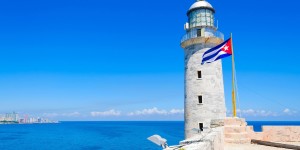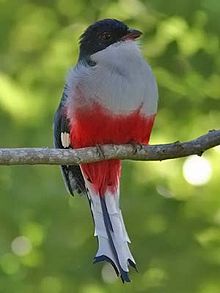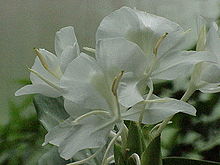ABOUT CUBA
Cuba is a Caribbean insular country. The Goberment form establiched by the Constitution have a Socialist character and the main Power Organ is the National Assambly of the People’s Power, integrated by Deputies elected by popular voting every 5 years.
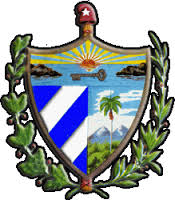 The national symbols of the Cuban State are the National Flag first hoisted by Narciso López on May 19th, 1850, in Cardenas city, Matanzas province, proclamed as the National Flag on April 11th, 1869.
The national symbols of the Cuban State are the National Flag first hoisted by Narciso López on May 19th, 1850, in Cardenas city, Matanzas province, proclamed as the National Flag on April 11th, 1869.
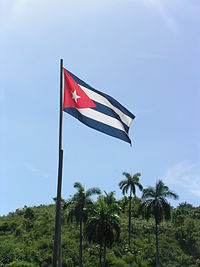
and the National Anthem, also konwn as the «Bayamo Hymn» or «the Bayamese», with letter and music by Pedro Figueredo Cisneros, and originally performed by the Cuban people on October 20th, 1868, when the city of Bayamo was boured before the Spaniards took over after been free by Cubans fighters for independence.
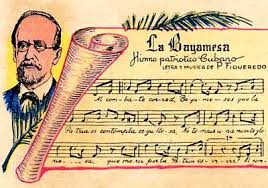
The territory was organized in 15 provinces and an special municipality, with Havana as the more populated and capital city.
The Island of Cuba is the biggest island of the Caribbean and have an orgenic origin. The archipelago is completed by the Island of Youth (named before, the Island de Pines) and 4.195 keys and small islands sorrunding: Coco key, Guillermo key, Cayo Largo del Sur Key and the Jutía Key between others. Located in the Caribbean Sea, near the USA and Mexico coasts, Cuba limits with the Florida strait by the North, the Paso de los Vientos strait by the East, the Caribbean Sea by the South, and the Gulf of Mexico by the West. With a surface of 110.860 km2, and some montain chains of limited high. The most oustanding are: The «Cordillera de Guaniguanico», in the Western part, the «Cordillera de Guamuhaya» in the central region, the «macizo Sagua-Baracoa» and the «Sierra Maestra» in the Eastern, where the highest country mountian can be scalated: The Turquino Royal Peak, with 1974 m over the sea level. Landscapes are diverse from semidesertic to humid tropical forest, with a very high biodiversity and well preserved ecosystems.
Cuba is the country No. 67 in the UN Human Developmend Index, and the 3º between Latin American countries, only behind Argentina and Chile, and over Uruguay.
According with UN data, Cuba is the only World country with fulfill the two WWF criteria of sustainable development: high human develpment index (HDI 0,8) and sustainable ecologic trace (trace < 1,8 ha/p).
Oficial Name: Republic of Cuba.
Capital: Havana, population 2 200 000 inhabitants.
Oficial Language: Spanish.
Surface: 110,860 Km2 (42, 843 mi2).
Population: 11 200 000 inhabitants (density of population: 101 inhabitants x Km2).
Racial composition: Hispanic origen: 60%; Mulatos: 22%; African origen: 11%; and Chinise origen: 1%.
National Day: Jannuary 1th.
National Athem: “Bayamo Himn”
Religion: 47% Catholics, 4% Protestants, 2% African cults (many Catholics also practices).
Political Regime: Socialist Republic.
Chief of State and Goberment: Raúl Castro Ruz.
PIB: US$ 20,000 millons.
PIB per cápita: US$ 1,786.
Annual Race: 2.5%.
Main industries: Sugar cane mills, minerals, tobacco, agriculture, medical service, biotechnology/pharmaceutical and turism.
Main commercial partners: Western Europe, Latin-America, Russia and China.
Coin: Cuban Peso (CUP) and Cuban Convertible Peso (CUC).
Climate: Subtropical humid, with two clearly defined seasson: dry (Winter), from November to April; and raining (Summer), from May to October. Main annual temperature: 25° C, Winter mean temp.: 20º C. and Summer mean temp.:e 26-27º C.
The Cuban Nation symbols area:
The flag of the solitary star, the royal palm (scientif name Roystonea regia, is the national tree
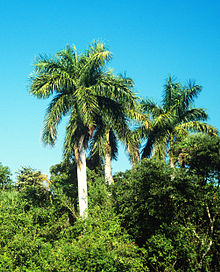 , Priotelus temnurus, from the order Trogoniformes, member of the Trogodinae family as the national bird: tocororo
, Priotelus temnurus, from the order Trogoniformes, member of the Trogodinae family as the national bird: tocororo
and Butterly (Hedychium coronarium) as the national flower:
